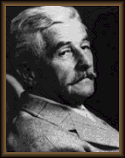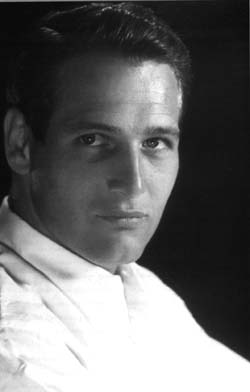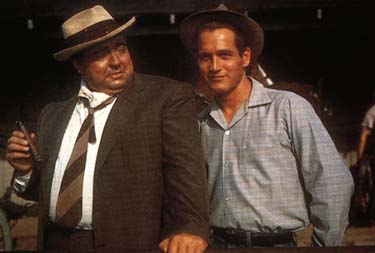 |
 |
 |
 |
 |
 |
 |
 |
 |
 |
 |
 |
 |
 |
 |
 |
 |
 |
 |
 |
 |
 |
 |
 |
 |
 |
 |
 |
 |
 |
 |
 |
|
|
Hemingway vs. Faulkner:
A Lesson in Writing Style |
|
|
|
 |
|
 |
|
|
|
|
(from the Hemingway Resource Site) |
|
|
|
 |
|
|
|
|
|
|
|
|
Short stories can provide manageable models for students to address many issues - in this case, writing style. For this lesson unit, I have chosen "Barn Burning" by William Faulkner and "The Big Two-Hearted River" by Ernest Hemingway.
Although contemporaries, Faulkner and Hemingway had very different writing styles. Whereas Faulkner's descriptive passages tended to be very stream-of-consciousness and circular with long, complicated sentences, Hemingway often chose a simplicity of sentence that could drive an English teacher crazy ("please, vary your sentence structure!")
To begin this unit, I would read about 10 minutes of "Barn Burning" aloud in class to get the students used to Faulkner's style and get them into the characters and plot. The students will then read the rest of the story on their own and answer |
|
|
|
|
|
|
(from William Faulkner on the Web) |
|
|
|
|
|
|
|
some basic comprehension questions. I will also ask them to keep a reading response log which includes their opinions and impressions of characters and settings. In class we will discuss the students' responses and identify particular passages they found compelling or difficult. We will then look more closely at those passages and discuss how Faulkner's particular writing style affected the outcomes experienced by the readers. For example, we might discuss instances of highly-detailed description, literary devices, and sentence structure. Extension exercises could include writing similarly-structured descriptions of things within the students' experience.
Next, we would repeat the procedure for "The Big Two-Hearted River." We will discuss Hemingway's writing style and how it affects the reader's perception of the content. Was it a mistake for Hemingway to write an entire paragraph using three- to four-word sentences, or does that paragraph do something particular in the reader's mind? We can then compare Hemingway to Faulkner and brainstorm about how the differences in their writing styles create very different moods. |
|
|
|
|
|
 |
|
An additional extension activity that I think would be very useful and enjoyable for the students would be to watch The Long, Hot Summer in class. This movie, which stars Paul Newman and Joanne Woodward, is based on several of Faulkner's short stories, including "Barn Burning." After reading the story and comparing Faulkner's writing style with Hemingway's, the students can look at how Faulkner was adapted for a screenplay. It should be interesting to discuss how the "sense" of the movie relates to the "sense" of the story, in terms of the mood and atmosphere experienced by the reader/viewer. The students can also discuss whether the movie is easier to understand because it converts all the complicated written descriptions into easy-to-absorb visuals. Were the settings, props, actions, etc. in the movie faithful to the way Faulkner wrote |
|
|
|
|
them? We can then go back and ask ourselves whether Hemingway's writing would lend itself in |
|
|
|
|
|
 |
|
|
|
|
|
|
|
the same way to scriptwriting, or whether the writer and cinematographer would have to do more "filling in the gaps." This can in turn lead to a discussion of how readers fill in the gaps. We can look at particular passages that call upon the reader to do this, then have the students write down what they "see" when they read those passages. They can then share their envisionments in small groups. I think students will enjoy seeing how their classmates' descriptions differ. |
|
|
|
|
|
|
 |
|
|
|
Home |
|
READ 5326 Home |
|
|
|



